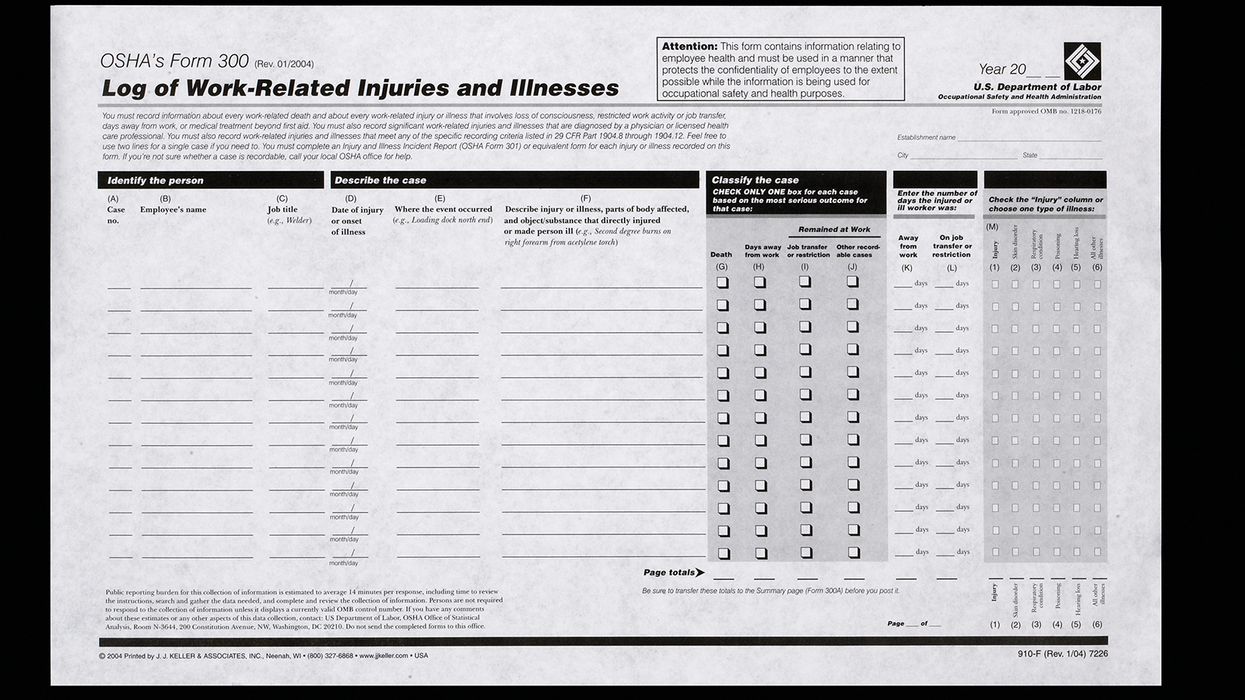NewsIndustry NewsMotivating EmployeesPerformance ManagementPerformance ManagementTraining & DevelopmentHR GeneralistFocus AreaIn-Depth ArticleUSAPerformance AppraisalsEnglishHR ManagementAssociate RelationsHuman Resources
Improve annual reviews by leaving these 7 things out
2023-01-03T06:00:00Z
A 2021 survey of U.S. companies found that 63 percent of employers continue to utilize annual reviews as a performance management method. Yet 55 percent of employees say these yearly appraisals don’t improve their performance.
Making the most of performance reviews
How can a supervisor help ensure reviews taking place in your organization improve employee performance? Make sure those reviews do not contain these seven things:
- New information. Nothing in a performance review should be a surprise to an employee. Supervisors should be in communication with employees regularly throughout the year making them aware of both problems and successes.
- Bland words. Words like “nice” and “good” are not specific enough to be helpful. Use more descriptive words when writing reviews. For example, a manager might note an employee’s meticulous attention to detail, or that the employee requires minimal oversight.
- Negative words from coworkers. While it’s fine to share positive comments from teammates if they specifically relate to an employee’s work, direct quotes of negative comments will only breed resentment between team members.
- Comparisons with coworkers. As with negative comments from coworkers, comparisons with coworkers can cause friction on a team. Never pit team members against each other.
- Problems without solutions. Pointing out errors, low sales figures, or other issues without suggesting how those problems can be remedied doesn’t do anyone any good.
- Numbers without context. A statement like “Pam submitted 85 percent of her paperwork on time last quarter” may not mean much. Is 85 percent good? Is it bad? A more useful statement would be, “Pam surpassed the goal of submitting 70 percent of paperwork on time.”
- Loose ends. Tie an employee’s individual accomplishments to the company’s mission and goals whenever possible. While not every employee’s day-to-day efforts can easily be tied to the company’s bottom line, it is possible to note behaviors that either add to or detract from the culture.
Key to remember: Annual performance reviews don’t have to be an exercise in futility. There are steps supervisors can take to help make sure the annual review is a tool to improve employee performance.

































































